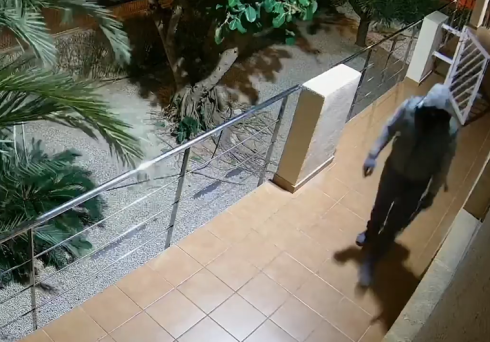
RESEARCHERS have found parakeets have developed regional dialects in European cities.
A study compared the calls of monk parakeets in eight cities and four countries across Europe and found each had ‘different accents’.
Published in Behavioral Ecology magazine, the research was carried out by the Max Planck Institute of Animal Behaviour and Evolutionary Anthropology.
According to the study author, Stephen Tyndel: “Similar to humans, monk parakeets have developed unique ways of communicating according to where they live.”
The birds are the ‘ideal’ subject to study the evolution of communication in a non-human species.
The researchers carried out their study in Spain, Belgium, Italy and Greece.
Although Spain doesn’t have a native population of the birds, some escaped pets have established themselves in the country.
Each city had a different dialect, with variances in the structure and frequency of each call.
Although difficult for humans to distinguish, it was discovered that the Brussels parakeets had the strongest dialect.
Despite expectations, there was no difference in calls within the cities themselves.
This suggests the accents have remained similar since the birds arrived in the city.
The results surprised researchers, says Tyndel: “This suggests the dialects came out passively, as birds copy each other, they make mistakes and over time these become a new dialect.”
But the team believes accents could develop actively as a form of social communication to help birds recognise their friends in big groups.
In city parks, the parakeets live in very crowded nests, leading researchers to think ‘slang’ could have developed within smaller groups of birds.
Now, the researchers hope to learn how the birds learn dialects from each other.
READ MORE:
- Spain is the most sexually satisfied country in Europe according to new study – and this could be why
- This is the best time of day to go for a walk if you want to reduce your sugar levels, according to a new study
- ‘Hot and humid’ spring in Spain: Weather experts reveal their forecasts for the next three months








